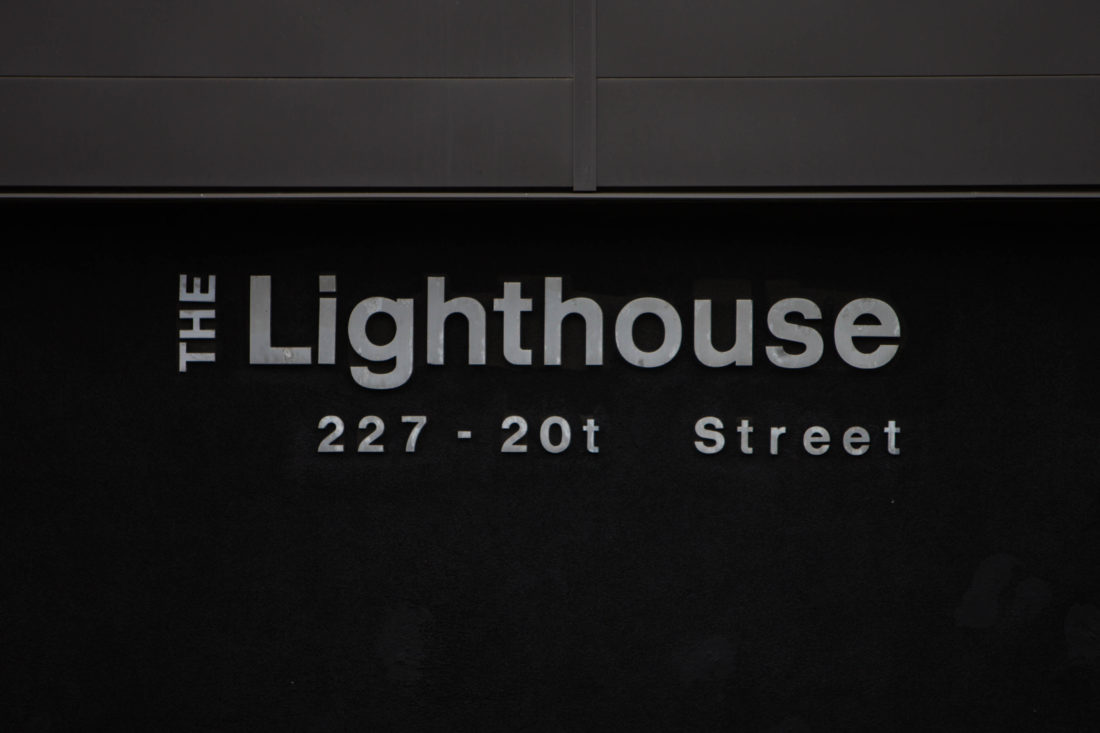
While the COVID-19 pandemic has left no one unaffected, the unique challenges homeless people face require different solutions.
Anna Pacik, the fundraising and communications manager at the Saskatoon Lighthouse Supported Living, says that the pandemic has brought on new challenges for people without permanent shelter. One of the hardest issues that homeless people are facing is isolating to avoid getting COVID-19, especially difficult during the harsh Canadian winter and for people with substance use disorders, says Pacik.
“If you tell someone who is, for example, a chronic alcoholic, to isolate, they probably won’t stay in their room long because they need to continually feed their addiction,” Pacik said. “The alcohol-seeking behaviour puts them at greater risk for COVID.”
One of the new approaches the Lighthouse is taking to combat this issue is the Managed Alcohol Program. MAP is a supported housing program for individuals with substance use disorders who are at risk of homelessness.
Pacik says everyone at the Lighthouse is committed to doing what they can to keep everyone safe through physical distance without having to lower the number of people they can service.
The Lighthouse shelters about 1,400 individuals annually, according to Pacik, with up to 100 people in the shelters in any given night. There is no significant difference in the number of people accessing their services this year in comparison to past years, Pacik says. However, she mentions that the shelter is “seeing a lot of new people.”
“Different people … are coming to the Lighthouse that are really struggling to keep their home,” Pacik said.
According to Pacik, around 80 to 90 per cent of the people accessing services at the Lighthouse are Indigenous. In addition to this, the Lighthouse typically sees about 75 per cent more men than women. Pacik says that these numbers have been fairly constant throughout recent years.
To keep the staff and residents safe during the pandemic, new protocols included mandatory mask-wearing and putting all of the beds in the shelter six feet apart. As a result, beds were spread throughout the entire building to maintain physical distancing.
“We had people sleeping in a classroom,” Pacik said. “We’ve got people sleeping in our donations storage area.”
The Lighthouse has also taken to packaging and delivering food to all residents separately. The cost of keeping everyone in the shelter distanced, however, has been that the living space is less communal, with less socializing between residents.
The Lighthouse has been working with a Saskatchewan Health Authority nursing team, in addition to the health clinic that they already have in their building, to keep all of the staff and residents at the shelter safe.
“We set up … a hotel system where folks who are without a home can isolate, if they have COVID symptoms,” Pacik said.
“[The pandemic] was really challenging to begin with and really confusing for lots of people, and staff had to adjust, but we’re in a pretty good rhythm right now.”
Pacik shares her gratitude for the University of Saskatchewan students, faculty and staff who have been supportive of the Lighthouse during the pandemic.
“We really feel their love, and really appreciate that they’re caring for our friends here,” Pacik said. “We’re really grateful for our connection with you.”
—
Beth Zentner | Contributing Reporter
Photo: Nicholas Saretzky | Contributing Photojournalist